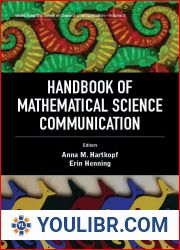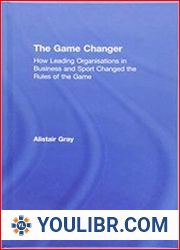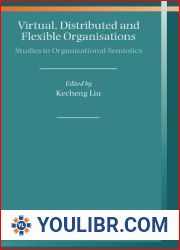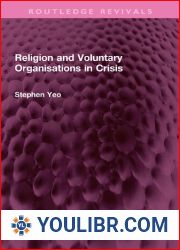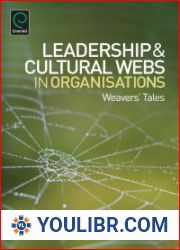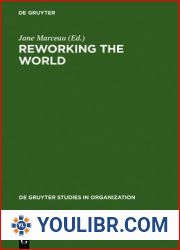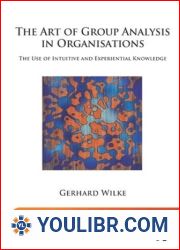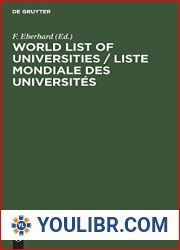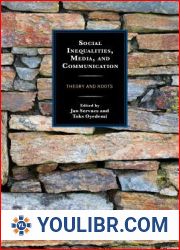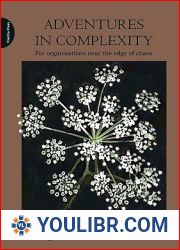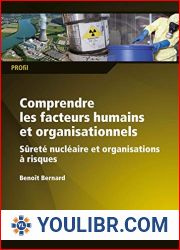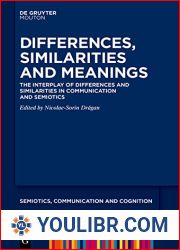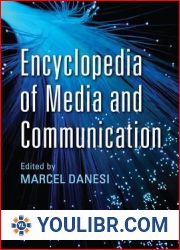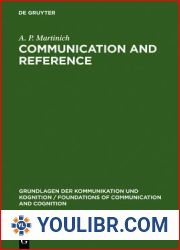
BOOKS - Handbook of Communication in Organisations and Professions (Handbooks of Appl...

![Handbook of Communication in Organisations and Professions (Handbooks of Applied Linguistics [Hal]) - Christopher N. Candlin December 31, 2001 PDF BOOKS Handbook of Communication in Organisations and Professions (Handbooks of Applied Linguistics [Hal]) - Christopher N. Candlin December 31, 2001 PDF BOOKS](https://youlibr.com/img/5/522958_oc.jpg)
US $7.47

292018

292018
Handbook of Communication in Organisations and Professions (Handbooks of Applied Linguistics [Hal])
Author: Christopher N. Candlin
Year: December 31, 2001
Format: PDF
File size: PDF 6.2 MB
Language: English
Year: December 31, 2001
Format: PDF
File size: PDF 6.2 MB
Language: English
This volume presents mayor contributions of Applied Linguistics to the understanding of communications in the professions. The first two parts of this book deal with the theoretical and methodological orientations of professional communication studies, the history and development of professional communication studies, highlighting the discursive turn of Applied Linguistic research that goes far beyond the established paradigm of Language for Specific Purposes. The third part - the core of this book - presents research into professional practices from various domains (e.g. law, healthcare, business and management, organizations), sites of engagement (as e.g. lawyer-client-conference, doctor-patient interaction) and with respect to different themes that are generalizable across domains and sites (as e.g. communicative aspects of action and practice, of assessment and appraisal). In the final part, professionals from various domains evaluate the contribution to their work so far made by Applied Linguistics. The Handbooks of Applied Linguistics series is based on an understanding of Applied Linguistics as an inter- and transdisciplinary field of academic enquiry. Combining theoretical epistemes with empirical insights and practitioners' expertise, Applied Linguistics identifies and analyses real-world problems in which language and communication are central issues. Based on the resulting knowledge, Applied Linguistics is in a strong position to contribute to sustainably solving such real-world problems. The Handbooks of Applied Linguistics provide a state-of-the-art description of established and emerging areas of Applied Linguistics. Each volume gives an overview of the field, explains most important traditions and their findings, identifies the gaps in current research, and discusses perspectives for future directions.


![YOULIBR - Handbook of Communication in Organisations and Professions (Handbooks of Applied Linguistics [Hal]) Christopher N. Candlin PDF December 31, 2001 BOOKS pdf-handbook-of-communication-in-organisations-and-professions-handbooks-of-applied-linguistics-hal-download-books-youlibr](https://youlibr.com/images/picbn/11.jpg)








